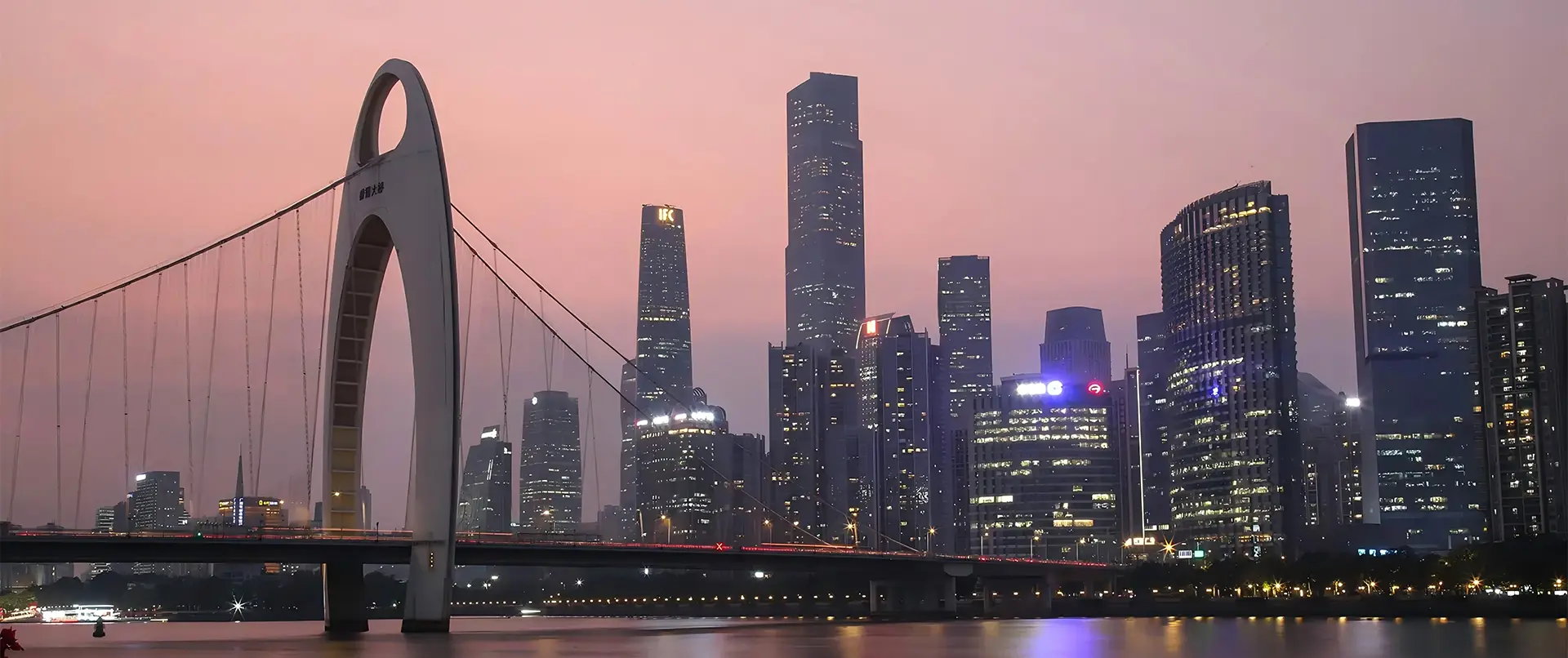Mastering 3D Rendering: Your Ultimate Guide to Achieving the Best Visuals
In an increasingly competitive global market, the ability to create stunning visuals has become paramount for businesses aiming to captivate audiences. Mastering 3D rendering is a powerful way to elevate your brand's presence and communicate your vision effectively. As we venture deeper into the digital age, where visual storytelling reigns supreme, understanding the intricacies of 3D render techniques can make a significant difference in product presentation and marketing strategies. This ultimate guide will explore the fundamental principles of 3D rendering, offering insights and practical tips to help you achieve the best visuals for your projects.

By harnessing the capabilities of 3D render technology, you can not only enhance your creative output but also open pathways to global markets, embracing the opportunity to showcase the quality that wins over consumers worldwide.
Understanding the Fundamentals of 3D Rendering in Visual Production
3D rendering is a vital process in visual production, converting 3D models into realistic images. Understanding the fundamentals is crucial for creating captivating visuals that engage audiences. At its core, 3D rendering involves a blend of geometry, materials, lighting, and camera settings. Each component plays a significant role in the final output, making it essential to grasp how they interconnect.
To enhance your rendering skills, consider these tips: firstly, spend time studying the principles of light and shadow. Real-life scenes are defined by their interplay of these elements, and mimicking that in your renderings will yield more authentic results. Secondly, invest in quality textures. High-resolution textures can bring life to your models and significantly improve the realism of your visuals. Lastly, don't underestimate the importance of post-processing. Subtle adjustments in color grading and sharpness can transform a good render into a great one, making your visuals truly stand out.
By focusing on these foundational aspects of 3D rendering, you can develop a deeper understanding that will contribute to producing striking visual content. Explore different techniques and experiment consistently to enhance your artistic growth in the captivating realm of 3D graphics.
3D Rendering Techniques Performance Comparison
This chart illustrates the performance of various 3D rendering techniques based on their rendering time (in milliseconds) and visual quality score. The techniques compared include Rasterization, Ray Tracing, and Path Tracing.
Essential Tools and Software for Creating Stunning 3D Visuals
When it comes to creating stunning 3D visuals, having the right tools and software is crucial. Numerous applications are designed to cater to different aspects of 3D rendering, from modeling to texturing and animation. For beginners, Blender stands out as a free and open-source solution. It offers a comprehensive suite of tools that can help you model, sculpt, and render your projects with impressive ease. Its active community and abundant tutorials make it an ideal starting point.
For more advanced users, software like Autodesk Maya and 3ds Max provides industry-standard capabilities that are widely used in film and game development. Maya is renowned for its powerful animation features, while 3ds Max excels in architectural and product visualization. Additionally, software like Cinema 4D offers a user-friendly interface with robust motion graphics capabilities, allowing artists to create intricate animations seamlessly. Pairing these tools with rendering engines like V-Ray or Octane can elevate your visuals to an entirely new level, allowing for photorealistic results that captivate audiences.
Techniques for Enhancing Realism in 3D Rendered Images
 In the realm of 3D rendering, enhancing realism is paramount for captivating visuals. Recent advancements such as DreamHOI leverage AI to create realistic human-object interactions, demonstrating the potential of combining textual descriptions with sophisticated rendering models. This approach paves the way for more immersive experiences, allowing creators to generate scenes that feel authentic and relatable.
In the realm of 3D rendering, enhancing realism is paramount for captivating visuals. Recent advancements such as DreamHOI leverage AI to create realistic human-object interactions, demonstrating the potential of combining textual descriptions with sophisticated rendering models. This approach paves the way for more immersive experiences, allowing creators to generate scenes that feel authentic and relatable.
To master the art of achieving photorealism, consider implementing these key techniques. First, focus on the importance of lighting; utilizing dynamic lighting conditions can drastically change the perception of depth and realism in your renders. Second, pay attention to texture details—integrating high-resolution textures can elevate the surface quality of your 3D models, making them appear more lifelike. Lastly, explore neural radiance fields (NeRF) for real-time rendering, as these technologies are now revolutionizing how visuals are created, especially in e-commerce, where realistic product representations have become a competitive advantage.
By consistently applying these methods and staying updated with the latest innovations in 3D rendering, artists and developers can create stunning visuals that genuinely resonate with audiences.
The Impact of Lighting and Texturing on 3D Rendering Quality
Lighting and texturing are pivotal in elevating the quality of 3D rendering. Proper lighting can transform a simple scene into a compelling visual story. Natural light sources, such as the sun or moon, can create dramatic effects, while artificial lights can add warmth or stark contrasts depending on the intention behind the scene. To enhance realism, consider using three-point lighting to highlight your subject effectively while maintaining depth.
When it comes to texturing, the right materials can greatly influence the perception of your models. High-quality textures add intricate details that bring surfaces to life, whether it's the roughness of stone or the smooth sheen of polished metal. Pay attention to scale and resolution; using textures that match the size of your objects will prevent distortion.
Tips: Always experiment with different lighting angles to find the most visually appealing setups. Additionally, utilize texture mapping techniques like bump mapping or normal mapping to create a more immersive experience without overloading your scene with geometry. Lastly, don’t shy away from using texture blending to achieve unique and dynamic surfaces that distract from the flatness often present in computer-generated imagery.
Tips for Optimizing Rendering Performance and Speed
When it comes to 3D rendering, achieving stunning visuals is only part of the equation; optimizing rendering performance and speed is crucial for efficient workflows. One of the most effective ways to enhance performance is through the use of efficient lighting techniques. Utilizing global illumination sparingly or employing baked lighting can dramatically reduce render times without sacrificing too much on visual quality. Additionally, consider using light probes or HDR images for reflections instead of more computationally expensive real-time lighting solutions.

Another vital aspect to consider is texture management. High-resolution textures can add depth and realism but can also slow down rendering significantly. To combat this, implement texture atlases that combine multiple textures into one. This method not only streamlines the rendering process but also minimizes the draw calls to the GPU. Furthermore, leveraging level of detail (LOD) techniques allows objects further from the camera to utilize lower-resolution textures and meshes, further enhancing performance while maintaining visual fidelity in close-up shots. By mastering these techniques, creators can achieve both fast and stunning results in their 3D rendering projects.


